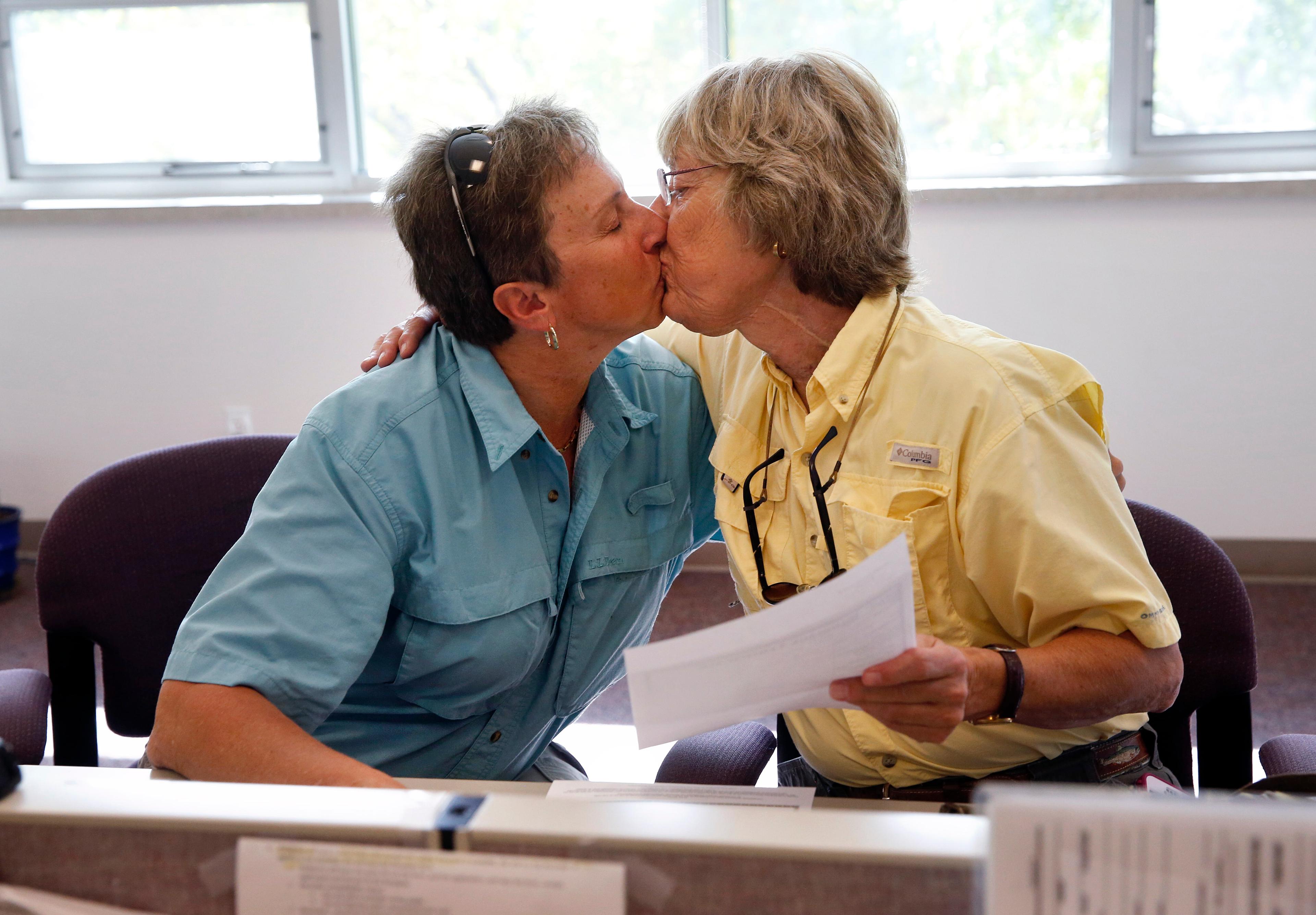
The question has haunted many Coloradans since July 20, 2012: Why did James Holmes open fire in a movie theater, killing 12 people and injuring 70 more?
There will never be a satisfying answer, but one of the court-appointed psychiatrists in the Aurora theater shooting trial tries to clear up some myths in a new book, "A Dark Night in Aurora." Dr. William Reid interviewed James Holmes for 22 hours over multiple days.
Read An Excerpt From "A Dark Night in Aurora"
No current explanation of James Holmes’s tragic behavior withstands routine scientific tests of replicability and predictability. Examining people with his diagnosis, with his family and social background, his medications, his culture or race, doesn't work. Every effort to tease out a group from which we can recognize perpetrators and prevent incidents like the one in Aurora fails. Each creates a scenario in which hundreds of thousands, sometimes millions of people with the same characteristics don’t kill anyone, much less a dozen people. A confluence of many factors led to Holmes’s killings, of course, but when those factors are statistically replicated by social researchers, or their population cohorts are followed prospectively for years, very, very few killers are found. The answer—and this really is the answer, but it’s not very satisfying—lies in an unimaginably detailed and complex confluence that we can’t replicate because we can’t see all of it. It’s an almost unique condition that arises in only one person among millions, and the few people who have it don't wear big asterisks on their foreheads so that we can recognize them. That means that predicting or preventing the handful of James Holmeses in North America or the world isn’t primarily an issue of mental health care or better law enforcement, as some suggest. Such killings are not, in any realistic sense, “the system’s” fault. Better access to mental health care, if applied adequately and nationwide, is likely to reduce mass killings and other crimes, but we’ll never know which two or three out of millions of patients was kept from killing because of the heightened treatment opportunity. More liberal US civil commitment laws—laws that allow hospitalization against a patient’s will—would help tens of thousands of patients every year and prevent a few crimes (and many suicides), but the societal tradeoffs among need for clinical intervention, protection against harming oneself or others, and a person’s right to refuse hospitalization and medication are complicated indeed. Decades ago, Harvard professor of psychiatry and law Dr. Alan Stone foresaw situations in which many severely mentally ill patients, whom the law increasingly allowed to refuse much-needed psychiatric care in the name of their civil rights, would “die with their rights on.” His prediction has come to pass. Just how important is mental illness to our prevention conundrum? For reducing the murder rate, or violent crime in general, not very. For individual cases, almost always viewed after the fact and clouded by social outrage, finger-pointing and political posturing, the topic is worth discussing, but the greater aim should be primarily to advance care, and access to care, for the millions of patients who aren’t destined to be violent. The point is that although some mass murderers (but not all; perhaps not even most) have a treatable mental disorder, the equation doesn’t work the other way. Think of the old adage that all heroin addicts started by drinking milk, but most milk drinkers don't become heroin addicts. It would be silly to try to prevent heroin use by monitoring milk drinkers or trying to modify milk consumption. It's just as silly, and blatantly unfair and unconstitutional, to treat everyone with a mental illness, even a serious one, as if he or she were doomed to kill others. Dozens of studies, some very large, have shown that mental illness, either in general or by specific diagnosis, is not a significant factor in rates of crime, violent crime, or killing in general. Every major crime category, every violent crime category, is either more common in the general population than in mental patients or occurs at about the same rate. The only exception is substance abuse, which may or may not be considered a "mental illness" by some. Drunks, crackheads, heroin addicts, and amphetamine abusers are a much greater threat to the public than are people with schizophrenia or bipolar disorder. I am not suggesting that danger signals in psychiatric patients be ignored. Indications of danger to others should be taken seriously whether the person is mentally ill or not. Fortunately, once the immediate risk is contained, good treatment (and cooperating with that treatment once it is offered) almost always decreases the risk from those few people with mental illness who are significantly dangerous. That’s not the case for the far greater number of criminals who aren't mentally ill. They don't particularly want our help and they rarely benefit from it. With due respect for caring therapists, social workers, and other counselors who try valiantly to change the purely antisocial people among us, psychiatry and psychology rarely ameliorate the danger and violence that can arise from simple criminality, amorality, or greed. Mental health is a low priority for legislators. Funding and new programs don’t usually get much attention from the general population, and there’s little immediate bang-for-the-buck to encourage votes in the next election. Mental patients, though better organized today than ever before, are often unable to advocate articulately for themselves. In spite of fine groups such as the National Alliance on Mental Illness (NAMI), Mental Health America (MHA), and the Depression and Bipolar Support Alliance (DBSA) and their state and local chapters, patients and their illnesses don’t get many headlines, or much front-page space, unless they’re involved in something sensational. That kind of publicity is full of inaccurate stereotypes and public misconception. Those who use it to increase support and understanding of mental illness are drowned out by the noise of media frenzy, and sometimes by the anger generated by events such as those at the Century 16 cinema on July 20, 2012. Colorado did a lot to address its citizens’ acute mental health needs during the five years after the Aurora tragedy. It opened additional crisis centers and walk-in clinics, and created many more hotlines. The new State funding, some twenty million dollars, was a good thing, and has helped many people. I haven’t seen evidence, however, in Colorado or elsewhere, of increasing funding or other support for non-crisis services. Crises get much more attention than day-to-day, week-to-week, month-to-month inpatient and outpatient needs. But the latter is where the most important work gets done, where people get treatment that lasts and can put them on a path to real change. Real treatment. It’s not just for crises and headlines, it’s for people, for the long haul. |








